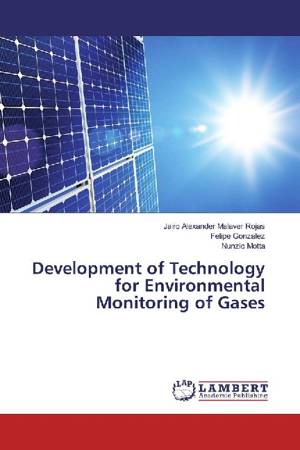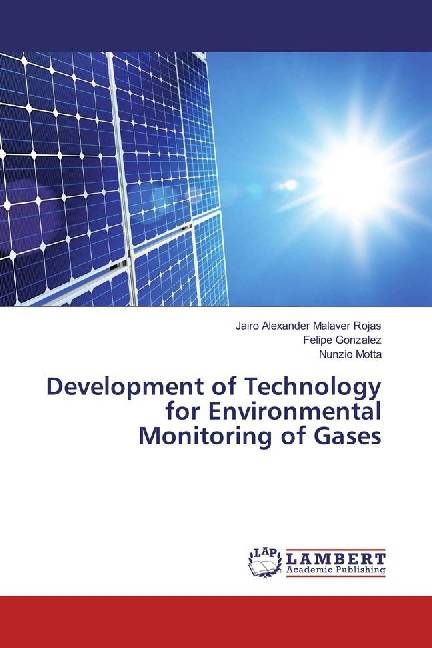
- Afhalen na 1 uur in een winkel met voorraad
- Gratis thuislevering in België vanaf € 30
- Ruim aanbod met 7 miljoen producten
- Afhalen na 1 uur in een winkel met voorraad
- Gratis thuislevering in België vanaf € 30
- Ruim aanbod met 7 miljoen producten
Zoeken
Development of Technology for Environmental Monitoring of Gases
Jairo Alexander Malaver Rojas, Felipe González, Nunzio Motta
Paperback | Engels
€ 68,95
+ 137 punten
Omschrijving
Climate change and global warming are mainly produced by anthropogenic emissions of gases. Therefore, monitoring of those gases is a very important task to control their concentrations and propose effective solutions to current global problems. Currently, Wireless Sensor Networks (WSNs) and Unmanned Aerial Vehicles (UAVs) represent the best alternative to monitor large, remote, and difficult access areas, as these technologies have the possibility of carrying specialised gas sensing systems. This book covers an extensive literature review on the latest technology for environmental monitoring of gases, and analyses the important role of WSNs and UAVs to effectively monitor large and remote areas. The major outcomes of this research are responses to challenges and limitations of these technologies in the field of environmental monitoring, more specifically in the field of gas sensing, energy and data management. The methodology developed is the foundation to build a family of small solar UAVs and WSNs adapted to carry sensors for environmental monitoring.
Specificaties
Betrokkenen
- Auteur(s):
- Uitgeverij:
Inhoud
- Aantal bladzijden:
- 240
- Taal:
- Engels
Eigenschappen
- Productcode (EAN):
- 9783330007833
- Uitvoering:
- Paperback
- Afmetingen:
- 150 mm x 220 mm

Alleen bij Standaard Boekhandel
+ 137 punten op je klantenkaart van Standaard Boekhandel
Beoordelingen
We publiceren alleen reviews die voldoen aan de voorwaarden voor reviews. Bekijk onze voorwaarden voor reviews.








